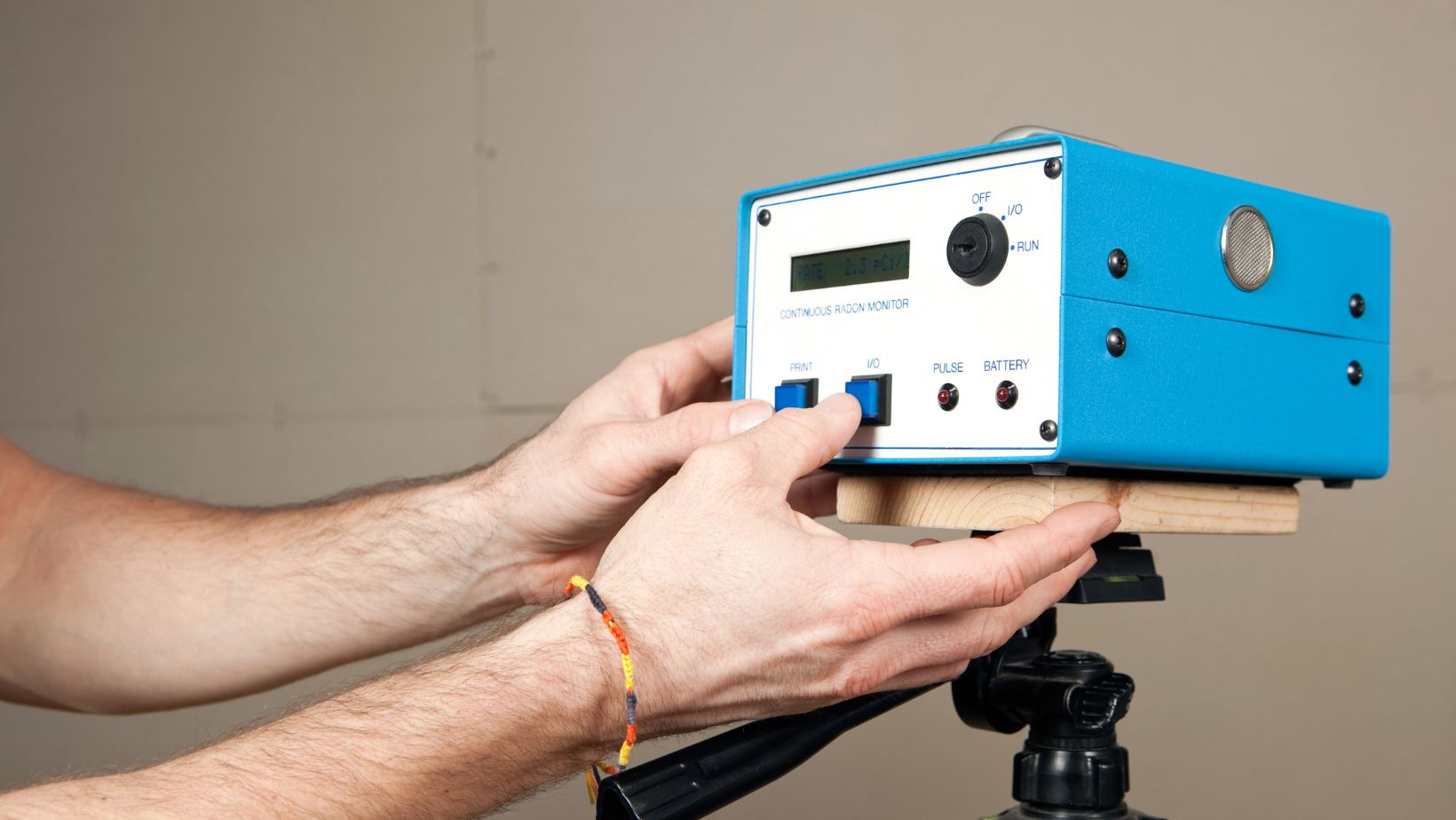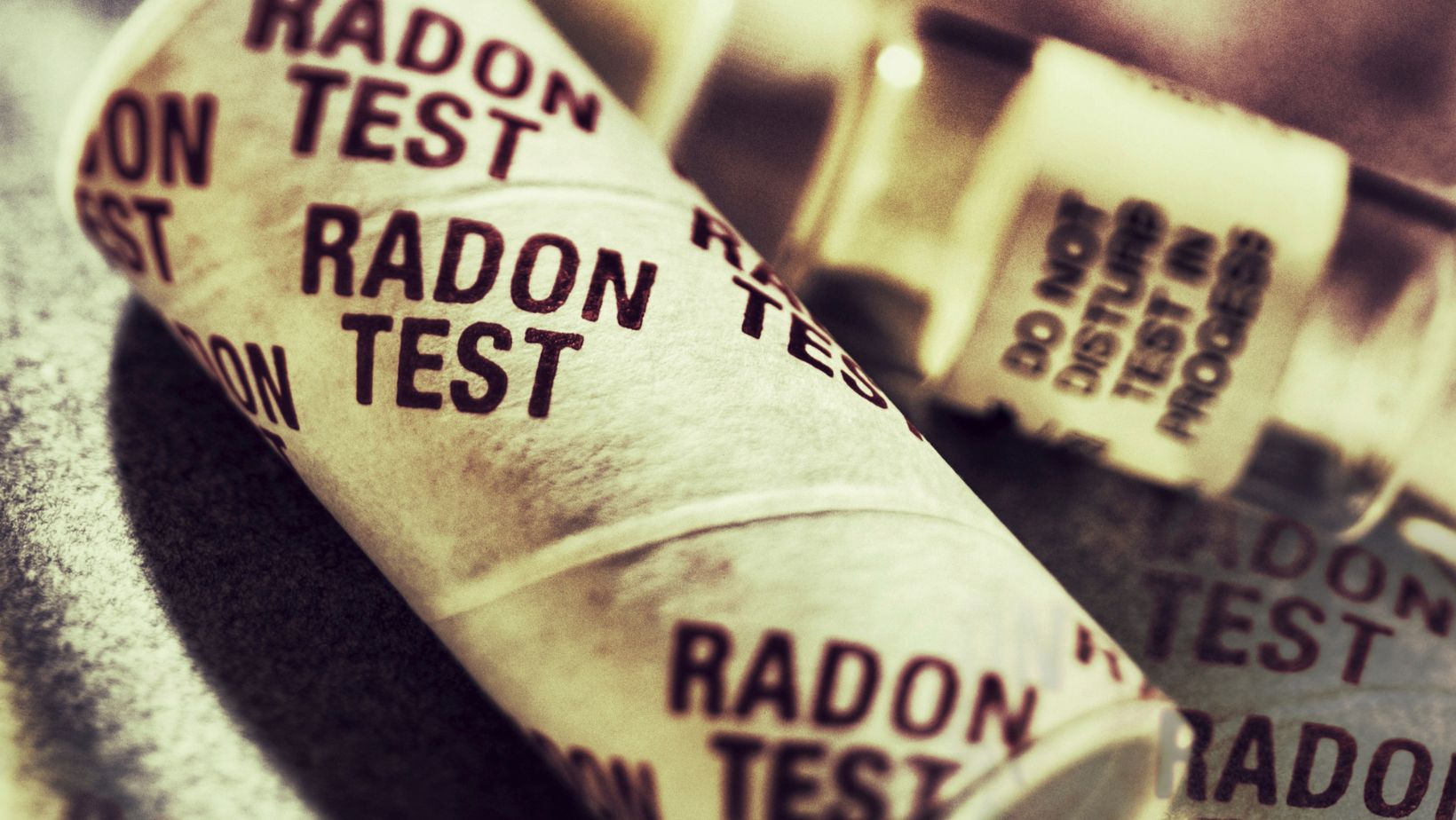
Radon is a naturally occurring radioactive gas that can seep into your home from the ground below. It’s colourless, odourless, and impossible to detect without specialized equipment — making radon testing an essential part of any home maintenance plan. Long-term exposure to high radon levels is the second leading cause of lung cancer after smoking, according to health experts. That’s why homeowners need to stay informed about how often radon testing should be done, and how to properly handle elevated results.
Understanding Radon and Why It Matters
Radon forms as uranium in soil, rock, and water breaks down. It typically enters homes through cracks in the foundation, gaps around pipes, or even through well water. Once inside, radon can become trapped and build up over time, especially in poorly ventilated spaces like basements.
Levels can vary widely from one home to another—even between neighbouring houses. Because it’s impossible to know your home’s radon levels without testing, regular radon testing is the only reliable way to protect your family.
General Guidelines for Radon Testing Frequency
Health Canada and the U.S. Environmental Protection Agency (EPA) both recommend that homeowners conduct radon testing every two to five years. Even if your home previously showed low levels, conditions can change over time. New cracks in your foundation, renovations that affect airflow, or changes in the surrounding soil can all influence how radon enters and accumulates in your home.
You should also schedule radon testing during real estate transactions — whether you’re buying or selling. For homebuyers, testing gives peace of mind. For sellers, it’s a smart way to demonstrate that the home is safe and well-maintained.
Situations That Call for Immediate Retesting
While every few years is a good general rule, there are times when you’ll want to conduct radon testing right away. If you’ve recently completed major renovations — such as finishing a basement, altering the HVAC system, or replacing insulation — it’s wise to retest. Any structural event like flooding, settling, or earthquakes can also affect radon entry points.
Additionally, if it’s been more than two years since your last radon testing, it’s time to reassess, especially if your home is located in a high-radon region or has never been tested before.
Short-Term vs Long-Term Testing: What’s the Difference?
Homeowners have two main options for radon testing: short-term tests (typically 2 to 7 days) and long-term tests (90 days or more). Short-term kits provide a quick snapshot, which is useful for initial screenings or when results are needed fast — for example, during a real estate transaction.
However, because radon levels fluctuate daily and seasonally, long-term tests offer a more accurate picture of your home’s year-round radon exposure. In many cases, it’s advisable to start with a short-term test and follow up with a long-term test if results are borderline.
How to Conduct Radon Testing in Your Home
There are two primary ways to test for radon: DIY kits and professional testing services. DIY radon testing kits are affordable and widely available online or at hardware stores. These kits usually require you to place a detector in the lowest level of your home for a set period and then mail it to a lab for analysis.
For more precise results — especially in homes with prior high readings — you might consider hiring a certified radon testing professional. They use calibrated equipment that offers more accurate and reliable results, and they can often interpret the data for you on the spot.
What to Do If Radon Levels Are Too High
If your radon testing results show levels above 200 Bq/m³ in Canada (or 4.0 pCi/L in the U.S.), mitigation is strongly recommended. Solutions include sub-slab depressurization systems, which vent radon gas from beneath your home to the outside, as well as sealing cracks and improving ventilation.
It’s essential to work with a certified radon mitigation specialist to ensure the system is effective. After installation, follow-up radon testing should be conducted to verify that the problem has been resolved.
Make Radon Testing Part of Your Long-Term Health Plan
Incorporating regular radon testing into your home maintenance routine can safeguard your family’s health for years to come. Mark your calendar for re-testing every few years and always test after renovations or major changes to your home’s structure or ventilation. Consider setting reminders or scheduling annual home inspections that include radon testing to stay on top of potential risks.

Stay Proactive and Protect What Matters Most
The air in your home should be safe for you and your loved ones. Since radon cannot be detected by sight or smell, the only way to ensure your home is free from this dangerous gas is through regular radon testing. It’s a simple step that can make a major difference — and may even save a life. Don’t wait until it’s too late. Make radon testing a priority and take control of your indoor air quality today.






